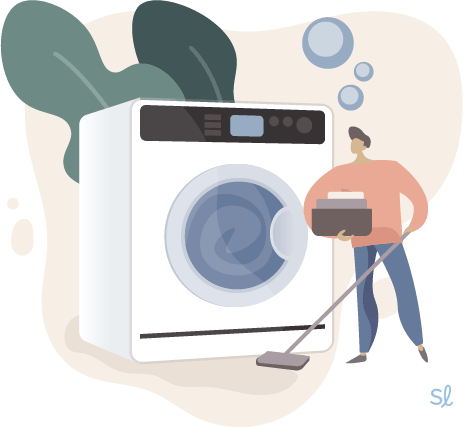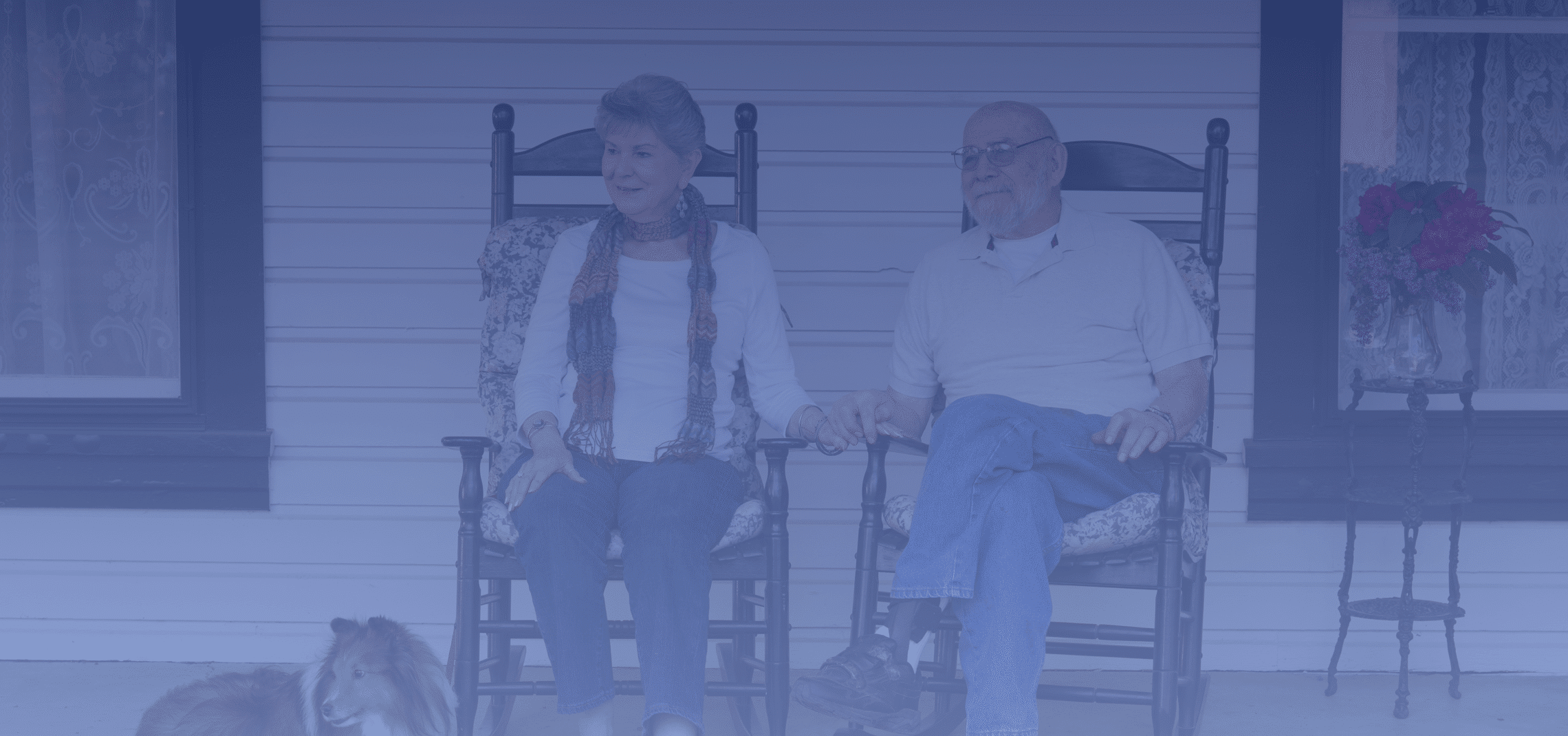What Are Activities of Daily Living (ADLs)?
ADLs are basic self-care tasks performed on a daily basis that range from bathing to eating and dressing.
SeniorLiving.org is supported by commissions from providers listed on our site. Read our Editorial Guidelines
Find Senior Living Near You
Join 16,943 Families Who've Found Home Care Options on SeniorLiving.org.
Or Call: (844) 623-7964Key Takeaways
- Activities of daily living (ADLs) is a health care term referring to basic self-care tasks that are performed day-to-day. Some examples of ADLs include bathing, dressing, toileting, and eating.
- A person’s ability or inability to perform ADLs is often used to determine what level of care they need.
- If you or a loved one are noticing that ADLs are becoming more difficult, it may be time to consider care. Visit our guide to long-term care to learn more about your options.
When a typical person gets up in the morning, they sit up and throw their feet over the edge of the bed. Then they stand and walk to the bathroom. They take care of toileting, then shower, brush their teeth, and many other activities to prepare themselves for the day.
When it comes time to think about food, they plan a menu, shop for the foods they want to eat, and prepare their meals. Next, they sit down to eat. After the meal, they clean up the kitchen and wash the dishes.
All these activities, and many others, are referred to as activities of daily living.
What Are Activities of Daily Living (ADLs)?
Activities of daily living (ADLs) is a term used by health care professionals to refer to the basic self-care tasks an individual does on a day-to-day basis. These activities are fundamental in caring for oneself and maintaining independence. An individual's ability or inability to perform ADLs is often used by health professionals as a way of measuring an individual’s functional status, especially that of older adults or those with disabilities.
Basic ADLs, sometimes referred to as BADLs, are self-care activities routinely performed which include, but are not limited to:
- Functional mobility, which includes the ability to walk and transfer in and out of a chair or bed. Essentially, it's the ability to move from one place to another as a person goes through their daily routines.
- Personal hygiene, oral care, and grooming, including skin and hair care
- Showering and/or bathing
- Toileting, which includes getting on/off toilet and cleaning oneself
- Dressing, which includes selecting appropriate attire and putting it on
- Self-feeding
One way to look at basic ADLs is to think of them as the activities a person does when they get up in the morning preparing to leave the house and those they do regularly day in and day out.
As a person ages, ADLs slowly become more difficult to accomplish independently and gradually take more time to complete. Certain health issues, such as a stroke, or accidents, such as a fall, also affect a person’s ability to accomplish ADLs, sometimes dramatically.
Instrumental Activities of Daily Living
Instrumental activities of daily living or IADLs are not essential for basic functioning; however, they enable a person to live independently within a community. They’re generally more complex than basic ADLs.
IADLs are made up of activities which include, but are not limited to:
- Housekeeping, laundry, and other home care chores
- Money management
- Meal preparation
- Moving/changing residences
- Shopping for groceries and other necessities
- Medication management
- Using the telephone or computer
Being able to perform both ADLs and IADLs is important for seniors to be able to successfully and safely live independently.
Katz Index of Independence in Activities of Daily Living
There are many ADL and IADL evaluation tools used to measure the normal changes that occur due to aging and health problems. A functional assessment providing objective data is one of the best methods of evaluating the health status of older adults to determine future decline or improvement.
The Katz Index of Independence in Activities of Daily Living, generally referred to as the Katz ADL Index, is one of the best tools for this purpose.
The Katz ADL Index was developed by American physician Sidney Katz, MD after studying 64 hip fracture patients over an 18-month time span. The study indicated patients of a certain independence level could perform specific basic activities while others with lesser independence levels were able to perform less of the same activities – ranging from the most complicated being bathing to the least complicated of self-feeding. Using this data, Katz developed a scale to evaluate an individual’s ability to live independently.
The Katz ADL Index ranks proficiency of performance in six functions or activities: bathing, toileting, dressing, continence, feeding, and transferring. The Index works best when baseline measurements have been taken during a time when the patient is well. Periodic or subsequent measures can then be compared to this baseline to signal when impairment begins or worsens.
The Katz ADL Index measures basic ADLs. Since it doesn’t measure more advanced ADLs, Katz created a separate scale to measure IADLs. Although the Katz ADL Index can signal changes in health status as it declines, it falls short when measuring small increments of improvements often accomplished in a senior adult's rehabilitation process.
The Katz ADL Index acts as a common language when discussing patient proficiency for all practitioners involved in planning the care and/or discharge of a senior adult.
How Are the ADLs Used in Senior Care?
Together, ADLs and IADLs make up the skills a person generally needs to successfully and safely live independently.
Therefore, a person’s ability or inability to perform ADLs and IADLs is used to gauge their need for care and/or occupational or physical therapy. Most health care service models use evaluations such as the Katz ADL Index to determine and evaluate their patient’s proficiencies and to then develop appropriate care plans to ensure all care needs are met.
Physical therapists prescribe exercise to help patients gain and/or maintain their independence based on ADL proficiencies. Prescribed exercises are based on an individual’s problematic ADLs. For example, slow walking speed is associated with an increased risk for falls; therefore, exercises are prescribed to impact and improve ambulation (an ADL proficiency) to reduce fall risk.
When completing patient assessments, occupational therapists often assess a patient's proficiency of IADLs. There are twelve types of IADLs that the American Occupational Therapy Association recognizes as necessary to live in co-occupation with others:
- Home establishment and maintenance
- Meal preparation, including clean-up
- Care of others, including being able to select and supervise caregivers
- Communication management, includes telephone and computer usage
- Financial management
- Management and maintenance of health and health-related issues
- Shopping
- Maintaining and observing religious practices
- Child rearing
- Community mobility
- Pet care
- Safety procedures and emergency responses
Physicians, geriatric social workers, rehabilitation specialists, and others in senior care often evaluate a person’s ability to perform ADLs and IADLs as part of a functional assessment. Difficulties performing IADLs may signal early dementia and Alzheimer's. Evaluations of IADLs are used to make a diagnostic evaluation and influence decisions on the type of care an older adult may require.
Are you trying to determine how much help someone needs with their ADLs and IADLs? Using the Katz ADL Index, this chart will assist you in evaluating their abilities. Then, armed with this data, you’ll be ready to discuss their abilities/inabilities and care needs with their physician, a geriatric care professional and/or a senior planning service.
Does Assisted Living Help with Toileting?
Most assisted living facilities offer help with toileting, bathing, grooming, and other ADLs. If your loved one needs assistance with ADLs like toileting but doesn’t need 24/7 supervision and medical care, assisted living is an excellent option. Assisted living communities allow older adults to maintain more independence and enjoy living in a community with their peers while still receiving the help they need. Just make sure to ask about the ADLs your loved one needs help with when researching and touring facilities, as there may be an additional fee for these services.
To learn more about assisted living communities and the services they offer for ADLs, watch our video below.





